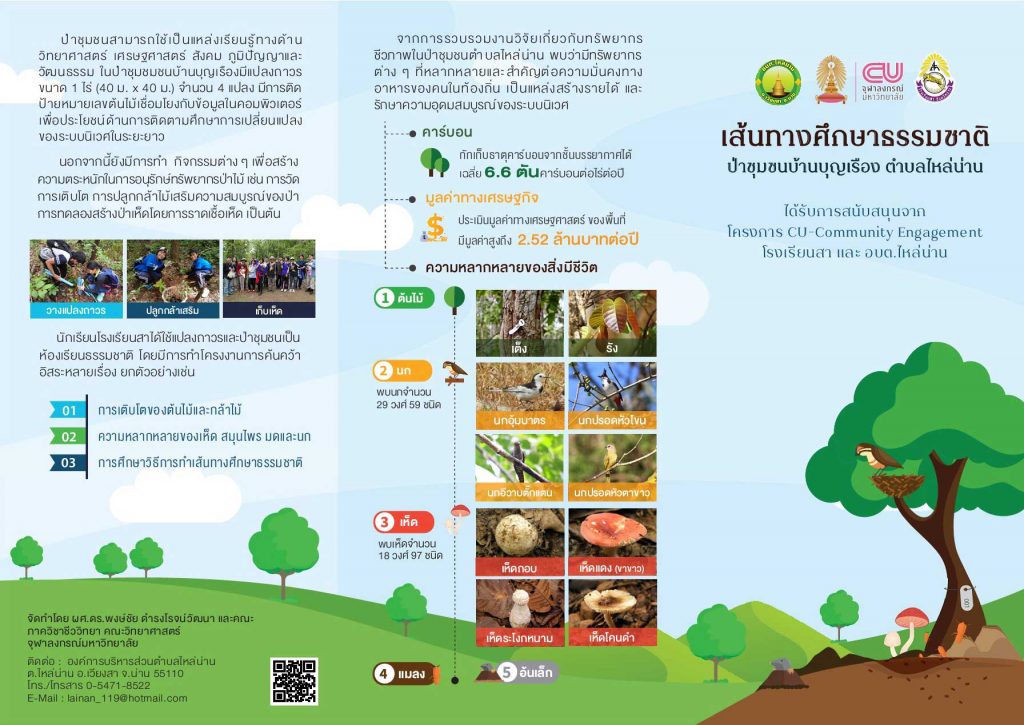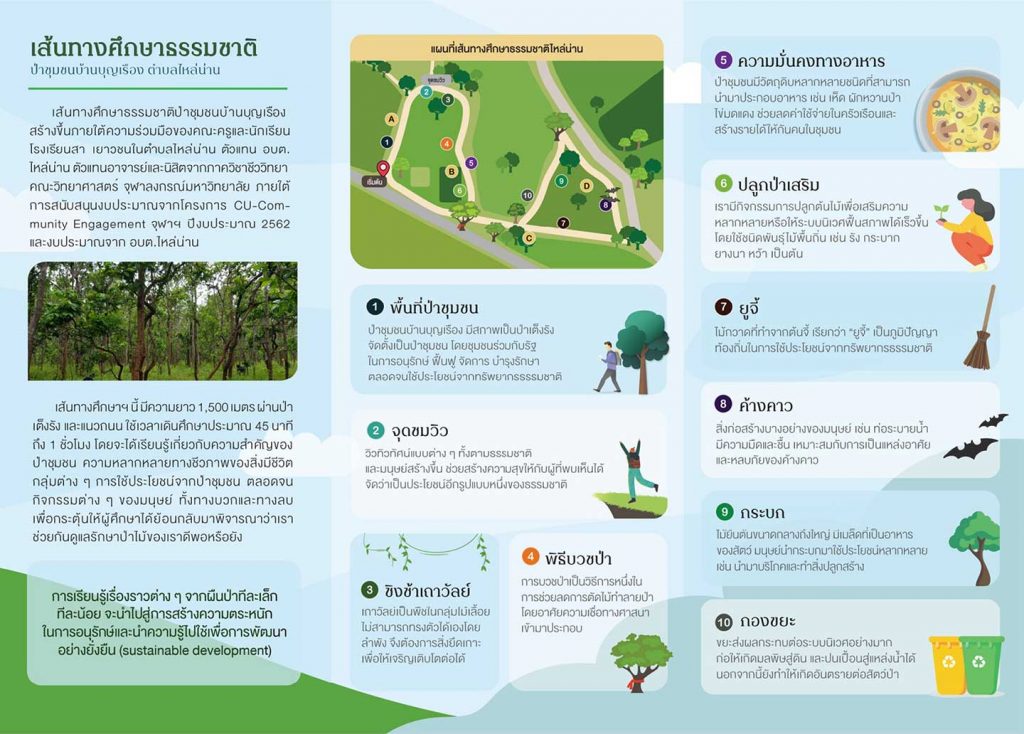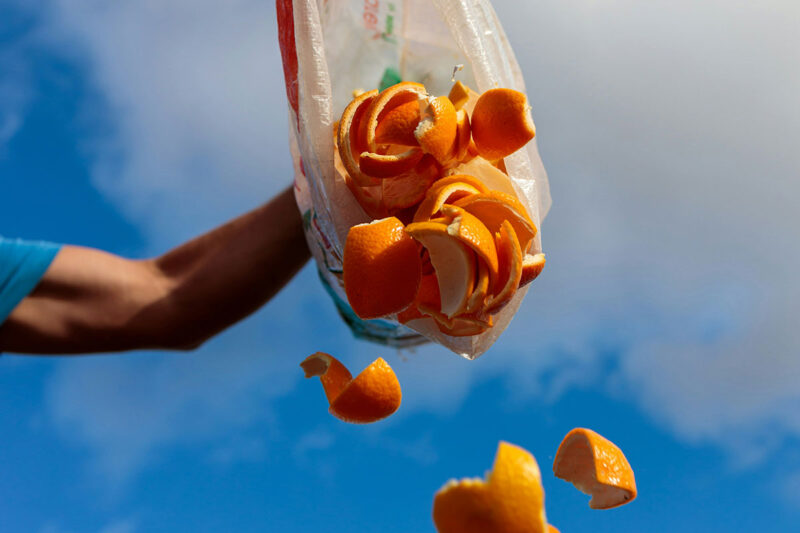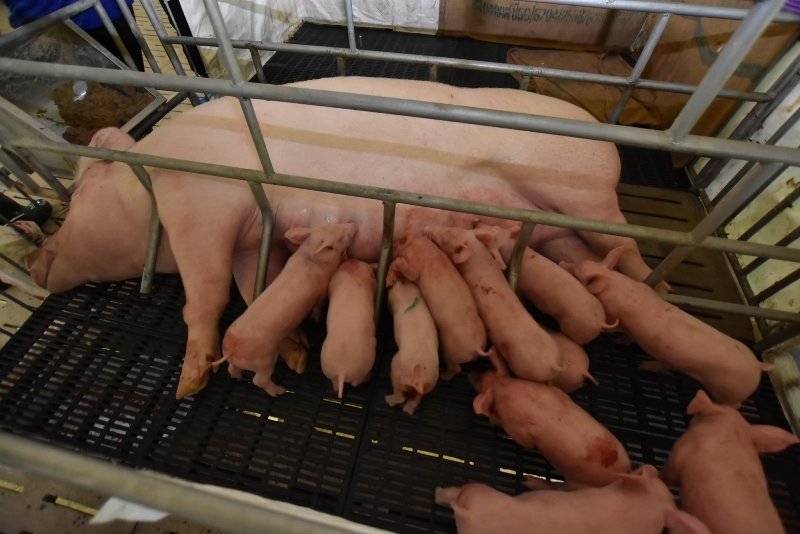Chulalongkorn University joins forces with the community to tutor the members of “La-On-Sa-Ruk-Pa-Nan” to use Google Earth Pro to save degraded community forests.
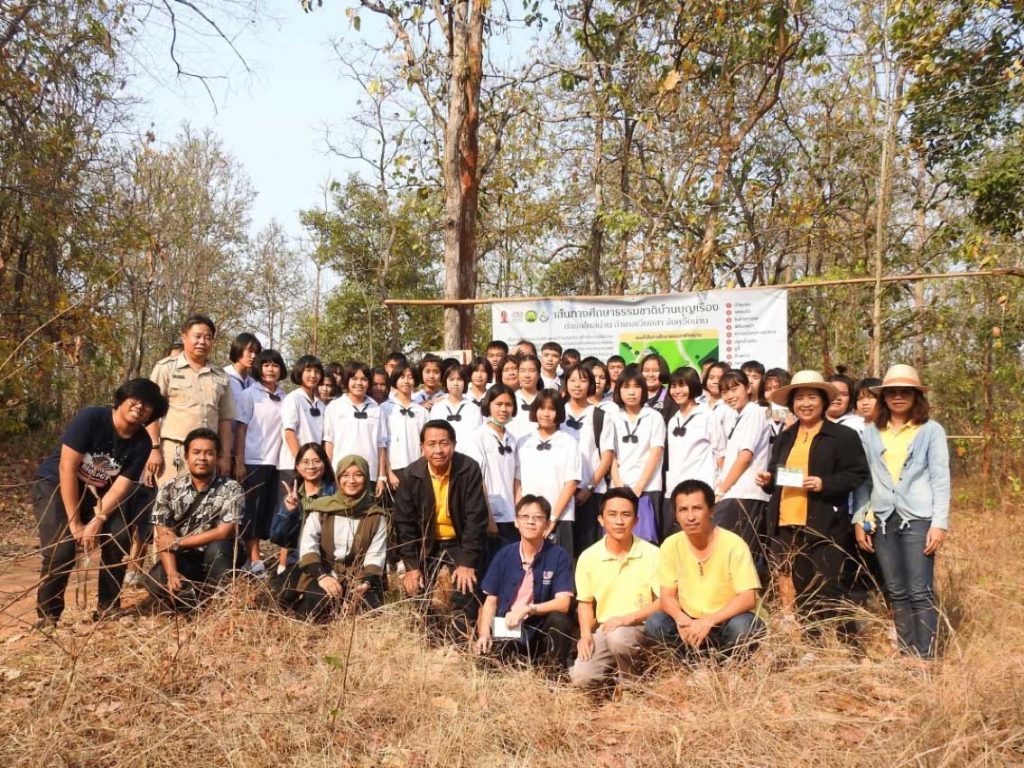
The deterioration of the Nan forest was the primary cause of the collaboration between Centre of Learning Network for Region (CLNR), Chulalongkorn University which located at Pha Sing subdistrict, Amphoe Mueang district and Animal Husbandry and Genetic Improvement Research Institute which located at Lai Nan subdistrict, Wiang Sa district, Nan province, in order to jointly carry out activities along with both government and private agencies in the province to lay down guidelines for reforestation and creating balance in the ecosystem of “Lai Nan” community forest. The research study that collaborated with communities in Lai Nan subdistrict over the past 10 years and conducted by Dr. Pongchai Dumrongrojwatthana, Assistant Professor and the bachelor’s and master’s degrees students of the Department of Biology, Faculty of Science Chulalongkorn University found that the areas of which community forests are located around the Animal Husbandry and Genetic Improvement Research Institute, Lai Nan subdistrict received some care from the community but there is still a lack of integration of relevant agencies to conservatively manage and concretely study the various resources in the community forest. Hence, in 2018, researchers from Chulalongkorn University, representatives of villagers, representatives of SAO., representatives students and teachers of Sa School joint in force to carry out integrated activities, to concretely managing the knowledge regarding community forests, encouraging the participants to participate in and realize the importance of community forest management as well as wanting to build on the strength of the sustainability process and higher benefits by allowing researchers to help carry out the activities continuously. Therefore, a natural study route was developed in Ban Bunrueang community forest in late January 2019.
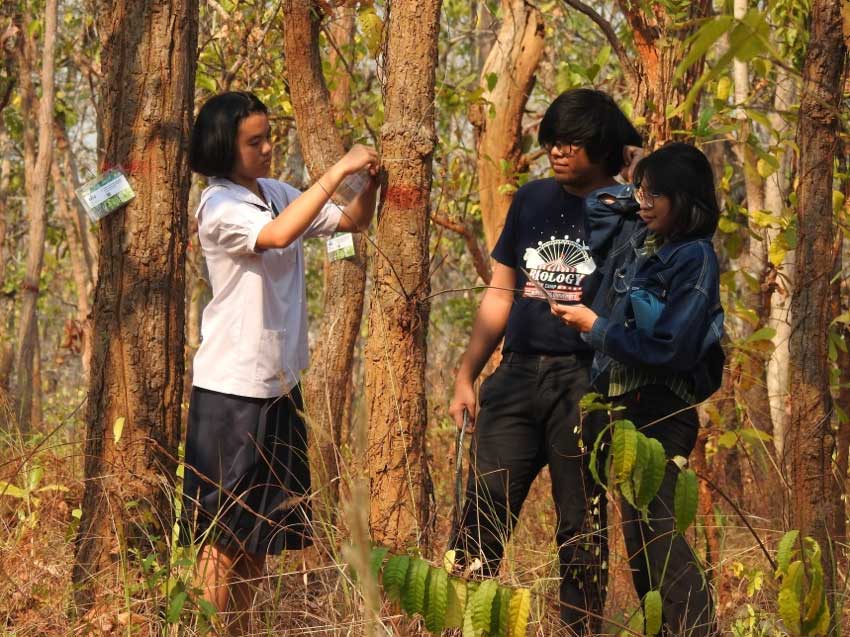
Representatives of SAO of Lai Nan subdistrict and representatives teachers of Sa School intend to create this nature study route to be a natural science learning center and support various visiting groups related to natural resource conservation, along with fulfilling the royal thought of Her Royal Highness Princess Maha Chakri Sirindhorn in regards to the implementation of Plant Genetic Conservation Project Under the Royal Initiation of Her Royal Highness Princess Maha Chakri Sirindhorn (RSPG) by inviting representatives student to join the activities to create this nature study route and establish a learning outside the classroom culture by doing independent study projects that use project-based and problem-based learning while simultaneously focusing on the development of the 21st century learning skills.
The creation of this 1,500-meter nature study route is not only for conservation and recovery of community forests but also to create a variety of activities for students, people in the community, local government organizations, and network partners, such as researchers from Chulalongkorn University, allowing them to coordinate and exchange knowledge with each other, for instance, knowledge training regarding the creation of the nature study route, training on the use of GPS Essentials and Google Earth Pro programs, training and sharing knowledge regarding the mushroom resources in community forests, walking through the community forest with representatives of SAO., villagers, teachers, and students for a total of 3 times to create the nature study route, preparing knowledge display boards and public relations media to be used by the SAO of Lai Nan subdistrict and the community. There were 96 participants from all sectors who participated in various activities. Moreover, this group of students has also brought in their knowledge and experience to create 8 more science projects, which are:
- Creating a nature study route in the community forest
- Diversity of perennials along the nature study route
- Perennial diversity along the nature study route via geographic information system of Google Earth Pro
- The growth of plants in permanent plots
- Diversity of medicinal herbs and their uses
- Diversity of mushrooms and their uses
- Diversity of ants in the nature study route
- Local food from community forest resources
BY
Faculty of Science, Chulalongkorn University
Related articles:
Others
Chulalongkorn Stages Future Sustainable Asia to Discuss Inequality
Chulalongkorn University in partnership with KFAS co-organizes the inaugural Bangkok Forum of “Future Sustainable Asia” to discuss “Integrating Knowledge for Social Sustainability.”

